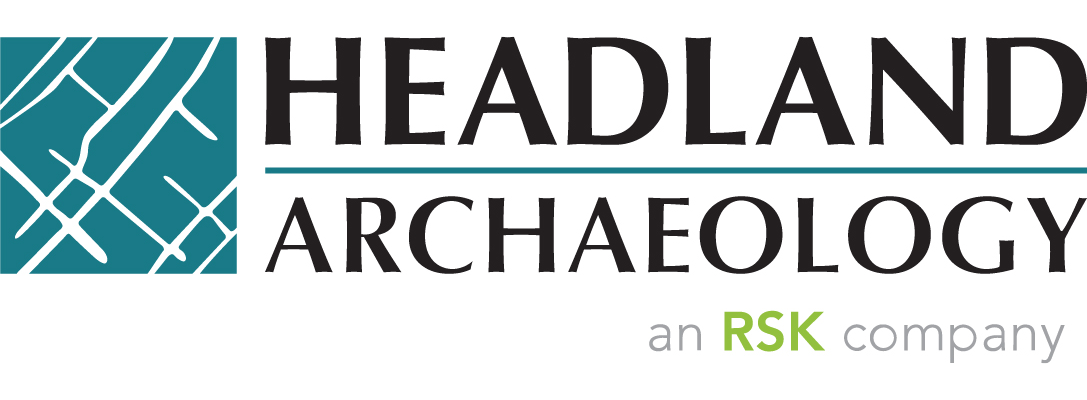25 Nov Breaking New Ground: How Archaeology Works
If you want to know how commercial archaeology works then Kenneth Aitcheson’s recent history of British Archaeology is a great place to start.
The book uses Headland as a case study for a commercial archaeology unit, highlighting two of our projects, The Scottish Parliament and the M74 extension, as examples of how large projects can be completed on high-pressure construction sites.
We are certainly pleased to see how influential an independent observer considers us to have been over the last 18 years. During the peak of the road-building boom in 2008, Aitchison suggests that Headland was for a time, ‘possibly the largest commercial archaeological company in the world’.
On the subject of the recession, which hit archaeologists as badly as everyone in the construction industry, Aitchison notes that ‘Headland demonstrated that their flexibility … allowed them to survive and continue to win major projects in the immediate aftermath. Headland Archaeology represents a case study of a company that managed rapid growth and coped with retrenchment. This has been fundamentally achievable because they have the efficiency and flexibility of a private company’.
Furthermore, ‘despite the lack of a ’level playing field‘ in UK archaeology, with charitable trusts and trading arms of local authorities having some considerable commercial advantages, a suitably managed private company can be a more successful model’.
This is music to the ears of our Managing Director, Tim Holden, who asserts that Headland’s private company status, ‘requires us to be more efficient, more business-like, and inherently more in tune with our clients who face the same commercial pressures’.
If you would like to read this independent assessment of the industry you will find a Kindle copy at Amazon. Why not download a copy to browse at your leisure?
Aitchison, Kenneth 2012, Breaking New Ground: How Archaeology Works, Kindle Locations 4907-4910, Landward Resarch, Kindle Edition.



